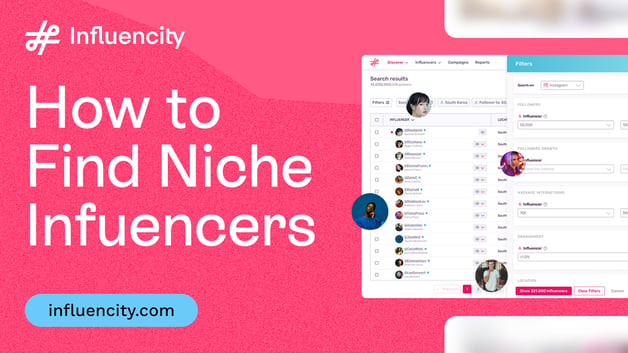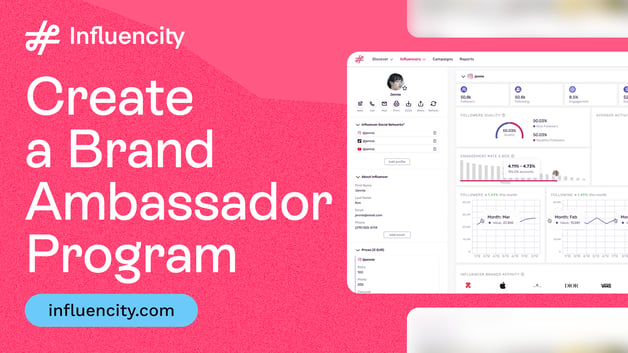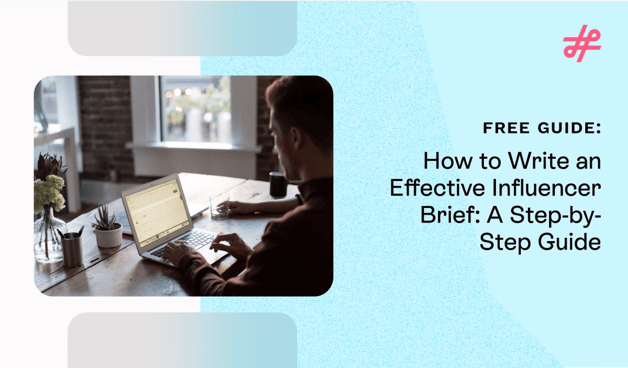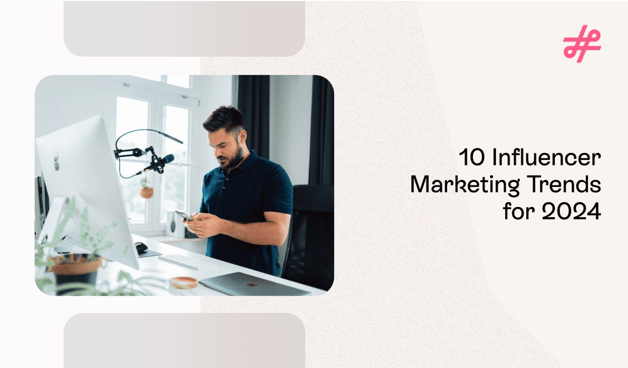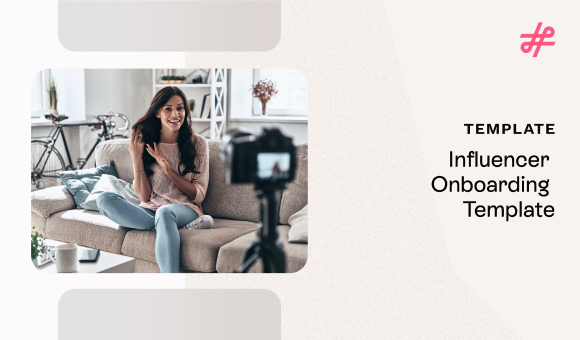Keep in mind: Story views tend to drop faster than post reach. Use stories to engage your most loyal followers not necessarily to reach new ones.
Free and Paid Tools to Track Instagram Engagement Rate
You can calculate engagement rate manually. But if you’re managing multiple creators or need to track performance over time, the right tools can save you hours and give you far deeper insights.
Here’s a breakdown of free and paid tools to consider, whether you’re a solo brand marketer or running a full agency roster.

Free Tools for Tracking Engagement Rate
Instagram Insights (Native Tool)
- Available to all Business and Creator accounts.
- Shows post likes, comments, saves, shares, reach, impressions, and profile visits.
- You’ll have to calculate engagement rate manually, but the raw data is there.
Best for: Solopreneurs, small brands, or early-stage influencer evaluations.
Manual Spreadsheet + Calculator
Build a simple formula in Google Sheets or Excel to apply:
Engagement Rate = (Likes + Comments + Saves + Shares) ÷ Followers × 100
- You can track multiple creators side-by-side and customize the formula as needed (e.g., exclude shares, include only branded content).
Pro tip: Set it up once and reuse it for every campaign.
Meta’s Creator Studio
- Offers some additional insights for creators, including audience demographics and post reach.
- Not ideal for cross-comparing multiple influencers, but useful for gathering post-level data if your influencer shares access.
Paid Tools for Scaling Your Engagement Tracking
If you’re managing multiple campaigns, creators, or brands, paid tools give you way more power to calculate engagement, discover creators, flag fake followers, and build reports.
Influencity
- Offers deep influencer analytics, including:
- Engagement rate by post and account
- Follower quality analysis (spot fake followers)
- Audience demographics + brand affinity
- Engagement rate by post and account
- Makes it easy to manage influencers at scale, compare creators, and track campaign performance over time.

Bonus: Influencity includes lookalike audience features to help you discover similar creators with high engagement.

🚩 Watch for this red flag: Some platforms only show engagement averages without showing the raw data behind them. That can make it hard to validate the numbers. Always check whether you can dig into post-level performance.
Which Tool Is Right for You?
If you’re only working with one or two influencers, a spreadsheet might be all you need. But once you’re managing multiple partnerships, or want to combine discovery, vetting, and reporting in one place, a dedicated influencer platform like Influencity is a game-changer.
If you’re tracking performance across multiple campaigns, an Instagram engagement rate calculator like Influencity’s can help you compare creators and identify your top performers quickly.
Tips for Using Engagement Rate to Select the Right Influencer
Now that you know how to calculate engagement and what “good” looks like across tiers, let’s discuss how to use that data. Because engagement rate isn’t just a reporting metric, it’s also a powerful tool for influencer selection and brand safety.
Here are five practical tips to help you go beyond the numbers and find influencers who are the right fit, not just a good stat.
1. Don’t Just Chase High Engagement—Context Matters
It’s easy to get starry-eyed over a 6% engagement rate. But before you jump in, ask:
- What kind of content drives that engagement?
- Is it aligned with your brand voice or campaign message?
- Are followers engaging in meaningful ways or just dropping emojis?
For example, a creator might get high engagement from memes or giveaways, but that doesn’t always translate into trust or product interest.

Tip: Look for creators whose best-performing content overlaps with your category (beauty, wellness, fashion, etc.). That’s where engagement is most likely to convert.
2. Watch for Engagement Spikes and Drops
Consistency is key. One viral post can inflate a creator’s average engagement but what does the rest of their content look like?
Sudden spikes or drops in engagement may signal:
- Bot activity
- Engagement pods
- Erratic engagement patterns

Tip: Choose a tool that lets you see performance over time and on a per-post basis. A high-level average alone won’t tell the full story.
3. Focus on the Quality of Engagement
High numbers look nice. But are they meaningful?
Ten real comments beat a hundred emojis. Every time.
Here’s what to check:
- Are followers asking questions?
- Are they tagging friends or telling personal stories?
- Do the comments show genuine interest in the product or just hype?

Engagement should feel like a conversation, not a comment farm.
Tip: Favor creators whose audiences show signs of trust, especially if you’re launching a product or looking to drive conversions.
4. Don’t Forget to Segment by Platform or Content Type
An influencer might have great engagement on Reels but weak performance on Stories. Or their static posts do well, but videos flop.
Tip: Ask for engagement breakdowns by format. Then align your campaign assets accordingly: Reels for awareness, Stories for swipe-ups or promo codes, etc.
5. Use Engagement Rate to Compare Creators Within the Same Tier
Let’s say you’re choosing between three micro influencers with similar reach and aesthetics. One has a 2.1% engagement rate. Another hits 3.4%. The third averages 1.2%.
All other things being equal? Go with the higher-engagement creator.
-2.png?width=700&height=525&name=White%20%26%20Green%20Modern%20Bar%20Chart%20Graph%20(26)-2.png)
Tip: Engagement rate is most powerful when used to compare apples to apples. Use it as a tie-breaker within the same tier, not a standalone metric across all tiers.
A strong engagement rate can be a great sign but it’s not the whole picture. It doesn’t mean an influencer is automatically a good fit. Real influence happens when engagement is combined with the right audience, content that aligns with your brand, and a sense of genuine authenticity. That’s when you’re more likely to see real results.
Making Engagement Rate Actually Work for You
It’s one thing to know how to calculate engagement rate. But the real question is: what do you do with that number?
You need to know when to lean on it and what to pair it with to get the most value out of it. Here’s how engagement rate should guide your decisions at every campaign stage.
Pre-Campaign: Vetting and Selection
This is where engagement rate earns its keep. Use it to narrow your list, compare creators in the same tier, and see who’s actually connecting with their audience.

A steady engagement rate often points to trust and real followers who care.
Engagement rate can also help you spot value. A smaller creator with loyal fans can outperform a big name with passive likes. Don’t overlook the hidden gems. Some creators fly under the radar, but their audience shows up every time.
Mid-Campaign: Monitoring and Optimization
Don’t wait until the end of the campaign to look at the numbers. Use post-level insights or an Instagram engagement rate calculator to track engagement in real time and understand:
- Which content formats are driving the most interaction (e.g., Reels vs. carousels)
- Whether certain influencers are outperforming or underperforming expectations
- How quickly and meaningfully the audience is responding to your brand
Tip: If a creator’s engagement is unusually low, explore why. Is the caption off? Was the timing poor? Mid-campaign tweaks can often boost performance.
Post-Campaign: Reporting and ROI Analysis
At the end of a campaign, engagement rate becomes part of your performance story:
- How did branded content compare to the creator’s usual content?
- Did posts drive meaningful engagement (saves, shares, comments)?
- Were there any breakout posts or creators worth rebooking?
Engagement rate is especially useful when combined with:
- Click-through rates (CTR) for link-in-bio or swipe-up campaigns
- Promo code redemptions
- Conversion data (if tracked)
Tip: Don’t forget to use engagement rate as a benchmark for future planning. Creators with above-average engagement can become long-term brand ambassadors.
Beyond the Numbers: What Success Really Looks Like

Use it to:
- Vet influencers with confidence
- Spot meaningful patterns in audience behavior
- Report results that go beyond surface-level vanity metrics
And remember: the best influencer campaigns don’t just reach people, they deeply connect with people.
Engagement rate is your best early signal that you're doing exactly that.
Conclusion: Use Engagement Rate as Your Influencer Marketing Superpower
When used thoughtfully, Instagram engagement rate can help you:
- Find the right creators
- Maximize your campaign ROI
- Avoid wasting budget on inflated follower counts.
Whether you’re just starting or scaling your program, this simple metric gives you insight into what matters most: real people interacting with your brand in real time.





-1.png?width=500&height=108&name=White%20%26%20Green%20Modern%20Bar%20Chart%20Graph%20(24)-1.png)

-1.png?width=600&height=122&name=White%20%26%20Green%20Modern%20Bar%20Chart%20Graph%20(25)-1.png)



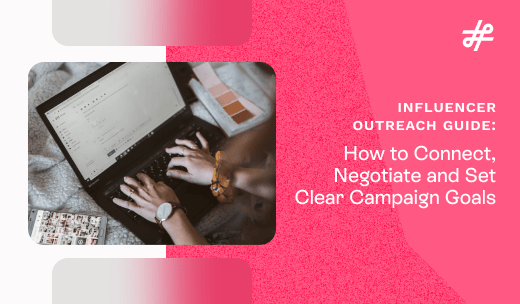
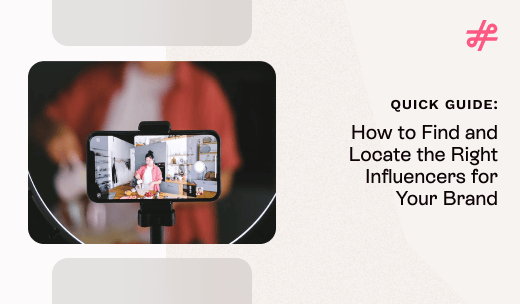



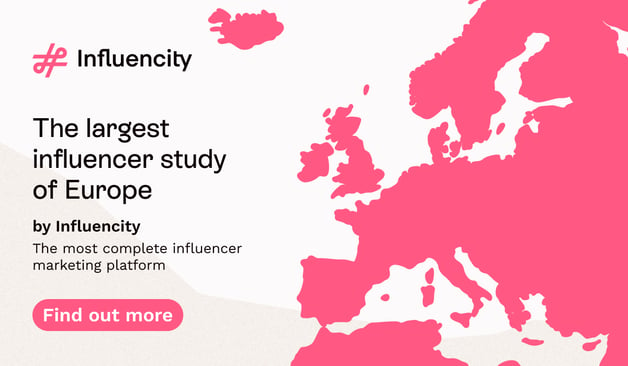

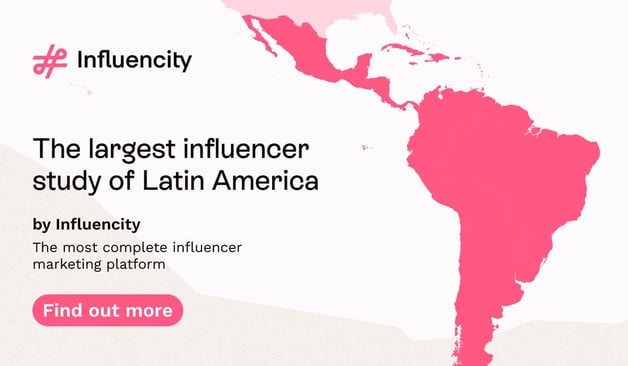


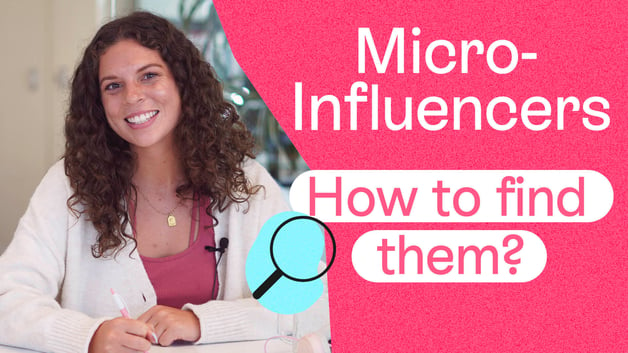


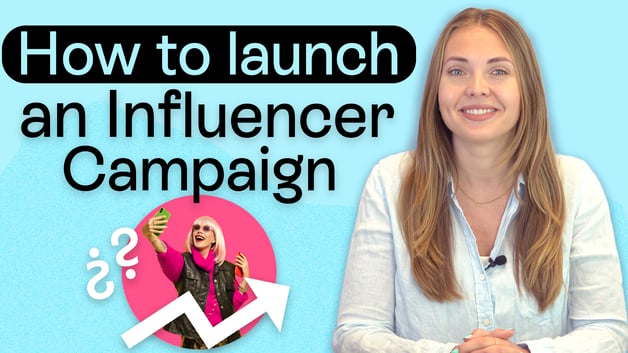



%20and%20How%20Can%20They%20Benefit%20Your%20Brand%20article.jpg?length=628&name=What%20Are%20Key%20Opinion%20Leaders%20(KOL)%20and%20How%20Can%20They%20Benefit%20Your%20Brand%20article.jpg)
